Effective Communication and Persuasion Techniques in Sales: A B2B Perspective.

In the dynamic and competitive world of B2B sales, effective communication and persuasion are essential skills that can significantly impact success. Unlike B2C sales, B2B transactions often involve complex products, services, and longer sales cycles, demanding a higher level of engagement and persuasive communication. In this blog post, we will explore strategies and techniques for effective communication and persuasion tailored specifically to the B2B sector.
The Essence of Effective Communication in B2B Sales
Effective communication is the linchpin of any successful sales endeavor. It’s about conveying your message clearly, listening attentively, and understanding the needs and concerns of your prospective B2B clients. Effective communication in the B2B realm involves tailoring your message to resonate with the specific industry, challenges, and goals of your target businesses.
Key Components of Effective Communication in B2B Sales
1. Understanding Your Audience:
Before communicating, thoroughly research and understand your prospective client’s industry, market trends, pain points, and objectives. Tailor your communication to address their unique needs and challenges. Speaking their language demonstrates that you’ve invested time in understanding their business, establishing credibility and trust.
2. Active Listening:
Listen more than you speak. Effective communication involves not just conveying your message, but understanding the needs of your client. Pay close attention to what they say, ask clarifying questions, and show empathy. This not only helps in understanding their requirements better but also signals that you value their input.
3. Clarity and Conciseness:
In the fast-paced B2B world, clarity and conciseness are paramount. Ensure your message is clear, devoid of jargon, and directly addresses the value your product or service brings to their business. Respect their time by presenting your points in a concise and structured manner.
4. Building Credibility:
Establishing credibility is crucial in B2B communication. Showcase your expertise, experience, and success stories in similar industries. Use case studies and testimonials to bolster your claims and instill confidence in your prospect.
5. Emphasizing Value Proposition:
Communicate the unique value proposition your product or service offers. Clearly articulate how it addresses the pain points of the prospect’s business and aligns with their objectives. Highlight the potential ROI and long-term benefits your solution can bring to their organization.
The Art of Persuasion in B2B Sales
Persuasion is about influencing a prospect’s beliefs or actions in a manner that benefits both parties. In B2B sales, persuasion is a blend of appealing to logic, addressing pain points, and demonstrating how your solution can solve their specific problems. Here are key persuasion techniques:
1. Use Data and Facts:
In the B2B domain, decision-makers are influenced by data and facts. Incorporate statistics, case studies, and research to substantiate your claims about the benefits of your product or service. Data-backed arguments are persuasive and instill confidence in your offering.
2. Tell Compelling Stories:
Humans are naturally drawn to stories. Craft compelling narratives that showcase how your solution has positively impacted other businesses. Stories with relatable challenges and triumphant outcomes engage prospects emotionally and persuade them to consider your offering.
3. Highlight Successes and Testimonials:
Share success stories and testimonials from satisfied clients within the prospect’s industry. Real-world examples of success provide social proof and instill trust in your capabilities and offerings.
4. Appeal to Emotions:
While B2B decisions are largely based on logic and ROI, emotions still play a role. Appeal to the emotions of your prospects by showcasing how your solution can ease their workload, reduce stress, or contribute to their personal success within the organization.
5. Leverage Authority and Trust:
Position yourself and your company as authorities in the industry. Showcase certifications, awards, or partnerships that build trust. Also, use recognizable industry figures or influencers to vouch for your product or service.
Implementing Effective Communication and Persuasion Strategies
Now that we understand the importance of effective communication and persuasion in B2B sales, let’s explore how to implement these strategies:
1. Tailor Your Communication:
Customize your communication to each prospect. Understand their industry, pain points, and objectives to craft a message that resonates with them. One-size-fits-all approaches rarely work in B2B sales.
2. Utilize Various Communication Channels:
Leverage a mix of communication channels including emails, phone calls, video conferencing, and in-person meetings. Each channel has its own strengths; choose the one most appropriate for the situation.
3. Develop Persuasive Collateral:
Create compelling collateral such as whitepapers, case studies, and presentations that highlight your product or service’s benefits. Ensure they are data-driven and persuasive in showcasing the value you offer.
4. Train Your Sales Team:
Provide training to your sales team on effective communication and persuasion techniques. Equip them with the skills and knowledge to convey the value proposition clearly and persuasively.
5. Measure and Adapt:
Regularly measure the effectiveness of your communication and persuasion strategies. Analyze metrics like response rates, conversion rates, and customer feedback. Use this data to refine and adapt your strategies for continuous improvement.
Overcoming Communication and Persuasion Challenges
In the realm of B2B sales, several challenges can impede effective communication and persuasion:
Language and Terminology: Different industries have specific jargon and terminology. Bridging this language gap is critical for effective communication.
Longer Sales Cycles: B2B sales often involve lengthy decision-making processes. Maintaining a consistent, persuasive message throughout this extended period is challenging but crucial.
Multiple Stakeholders: B2B deals usually involve multiple decision-makers. Adapting your communication to resonate with each stakeholder while maintaining a cohesive message is a balancing act.
Conclusion
Effective communication and persuasion are the cornerstones of success in B2B sales. Understanding your audience, active listening, clarity in communication, and building credibility are key aspects of effective communication. Pairing these with persuasion techniques like data utilization, storytelling, and emotional appeal forms a powerful strategy to influence decision-makers and drive B2B sales.
By implementing these strategies and overcoming communication challenges, B2B companies can enhance their sales processes, increase conversions, and build lasting, mutually beneficial relationships with their clients. Remember, in the world of B2B sales, the art of communication and persuasion is ever-evolving, and mastering it is a journey toward continued growth and success.

